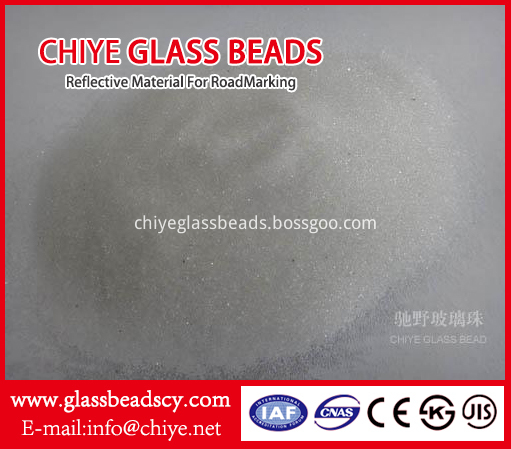Battery operating characteristics
In this cathode absorption type valve-regulated sealed lead-acid battery, the total amount of active material of the negative electrode plate is 15% more than that of the positive electrode. When the battery is charged, the positive electrode is sufficient, and the negative electrode has not reached 90% of the capacity, therefore, under normal conditions, The positive electrode produces oxygen, while the negative electrode does not produce hydrogen that is difficult to recombine.
2. Battery index electromotive force, internal resistance, final voltage, discharge rate, charging rate, cycle life.
(1) Battery electromotive force (e).
(2) Internal resistance of the battery (r).
(3) Final voltage: The threshold voltage when discharging to the terminal voltage drops sharply. If the battery is re-discharged, the battery will be damaged. At this time, the battery terminal voltage is called the final voltage. Different discharge rates have different discharge end voltages, u final = 1.66 + 0.0175h, where h is the discharge hour rate, such as using 1 hour discharge rate, u final = l.66 + 0.0175 × 1 = 1.68v, if used The 10-hour rate discharge, u final = 1.66 + 0.0175 × 10 = 1.835v.
(4) Discharge rate: Under certain conditions, the discharge rate of the battery to the final voltage is called the discharge rate. The magnitude of the discharge current is expressed by the time rate and current rate. A discharge current is usually used at a rate of 10 hours. That is, the capacity of the battery is put to the final voltage within 10 hours. The size of the battery capacity varies with the discharge rate. When the discharge rate is lower than the normal discharge rate, a larger capacity can be obtained, and the capacity is reduced.
(5) Charging rate: Under certain conditions, the charging current is called the charging rate. The commonly used charging rate is 10 hours, that is, the charging time takes 10 hours to reach the end of charging. When the charging time is shortened, the charging current must be increased, and conversely, the charging current can be reduced.
(6) Cycle life: The battery undergoes a charge and discharge, which is called a cycle. The number of cycles a battery can withstand is called the cycle life.
It take a compressed gas as the power to form a high-speed jet to shoot glass beads on surface of work-piece that causes changes on surface and shape of the work-piece. Due to the glass beads` impact to surface, it makes the surface a certain of cleanliness and different roughness.
• It improves the mechanical properties of surface so as to enhance the fatigue-resistance of work-piece.
• It provides with parts-surface a controllable rough-surface to increase the adhesion with the paints, to extend the durability of the paints and it is also benefit to the flow and decoration of paints.
The glass bead can be produced based on the standard of countries or areas, such as EN1423/1424, AASHTO M247, BS6088, JIS R3301 and KS L2521 etc.

Blasting Glass Beads ,Micro Blasting Glass Beads ,Blasting Glass Beads Road Marking,Reflective Blasting Glass Beads
CHIYE GLASS BEAD (HEBEI) CO., LTD , https://www.chiyeglassbeads.com